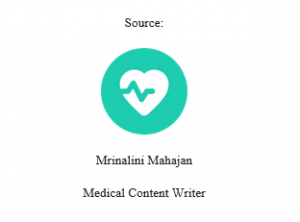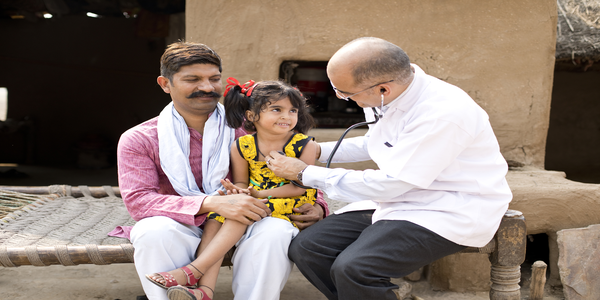[the_ad id=”6076″]
“Health is a Necessity, not a Luxury”
Health is a fundamental right of every individual and a global social goal. Everyone needs to realise human needs and achieve a better quality of life. Health affects country’s aggregate level of economic growth. Pertaining to health, different healthcare schemes in India cover different aspects of medical treatment.
Public health is a state subject and it is the responsibility of the respective state or UT government to provide medical assistance to patients. National Health Mission (NHM) – a flagship programme of the ministry with its two sub-missions i.e., National Rural Health Mission (NRHM) and National Urban Health Mission (NUHM) supports States and UTs to strengthen the healthcare systems to provide universal access to equitable, affordable and quality healthcare services.
Let us have a look at the healthcare schemes in India-
- Pradhan Mantri Jan Arogya Yojana-
This is the largest health assurance scheme which aims at providing a health cover of Rs. 5 lakhs per family per year for secondary and tertiary care hospitalization to over 10.74 crores of poor and vulnerable families. The coverage mentioned under PM-JAY, therefore also includes families which are covered in RSBY. PM-JAY provides cashless access to health care services for the beneficiary at the point of service. This covers up to 3 days of pre-hospitalization and 15 days of post-hospitalization expenses such as diagnostics and medicines.
- Pradhan Mantri Suraksha Bima Yojana-
This aims to provide accident insurance coverage to Indians. People in the age group of 18 to 70 years who have a bank account must avail of this scheme. The policy provides an annual cover of Rs 2 lakh for disability and death cover and Rs 1 lakh for partial disability.
- Reproductive, Maternal, Newborn, Child, and adolescent health-
This programme looks for addressing the major causes of mortality among women and children. This introduces new initiatives like the use of a scorecard to track health performance and the national iron initiative for addressing the issue of anemia across all age groups. Comprehensive screening for defects at birth, diseases, and deficiencies among children and adolescents.
- Rashtriya Bal Swasthya Karyakram (RBSK)-
This aims at early identification and intervention for children from birth to 18 years. This scheme covers the 4 D’s i.e., Defects at birth, deficiencies, disease, and development delays.
- The Rashtriya Kishor Swasthya Karyakram-
The main aim of this scheme is adolescent participation and leadership, equity and inclusion, gender equity, and strategic partnerships. This enables all adolescents in India to realize their value by making fully informed decisions by accessing services and support.
- Revised National TB Control program-
This is a state-run initiative for controlling tuberculosis with a vision of achieving a TB-free India. This scheme provides many free-of-cost facilities, quality tuberculosis diagnosis, and treatment services across the country via the government health system.
- National Leprosy Eradication programme-
This initiative by the government for early detection through active surveillance by trained healthcare workers and also provide medical rehabilitation and leprosy ulcer care services.
- The Pradhan Mantri Swasthya Suraksha Yojana-
The main objective of this scheme is to correct regional imbalances in the availability of affordable healthcare services for quality medical education in the country by setting up various institutions.
- Integrated child development service-
This improves the nutrition and health status of children in the age group of 0-6 years. This lay the foundation for the proper psychological, physical and social development of the child and also enhances the capability of the mother to take care of normal health and nutrition via proper nutrition and health education.
- Rashtriya Swasthya Bima Yojana-
This government-run health insurance scheme is for the Indian poor. This aims to provide health insurance coverage to the unrecognized sector that belongs below the poverty line.
- Universal Health Insurance Scheme (UHIS):
This type of scheme is mainly implemented for helping families who live below the poverty line. This mainly covers the medical expense of every member of the family. The main driver of the Universal Health Insurance Scheme is the four public sector general insurance companies to improve healthcare for underprivileged and economically disabled citizens in India. If the family member is hospitalized then this scheme may facilitate the medical expense of up to 30,000.
Features and Benefits of Government Healthcare schemes:
- These are offered at a low price
- With these policies, BPL families can also avail of insurance benefits
- The policy includes treatment in both private and government hospitals for better facilities
Conclusion:
The government healthcare scheme in India provides medical coverage to individuals who belong to economically weaker sections of society for safeguarding medical care expenses. With the above-mentioned healthcare schemes, you can get speedy claims, affordable premium rates, and more. Individuals can use these schemes for the betterment of their health and make the most of it.

